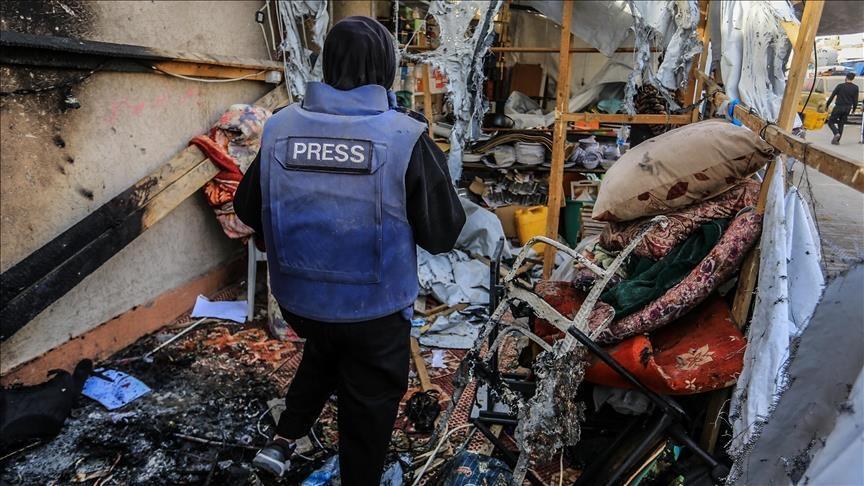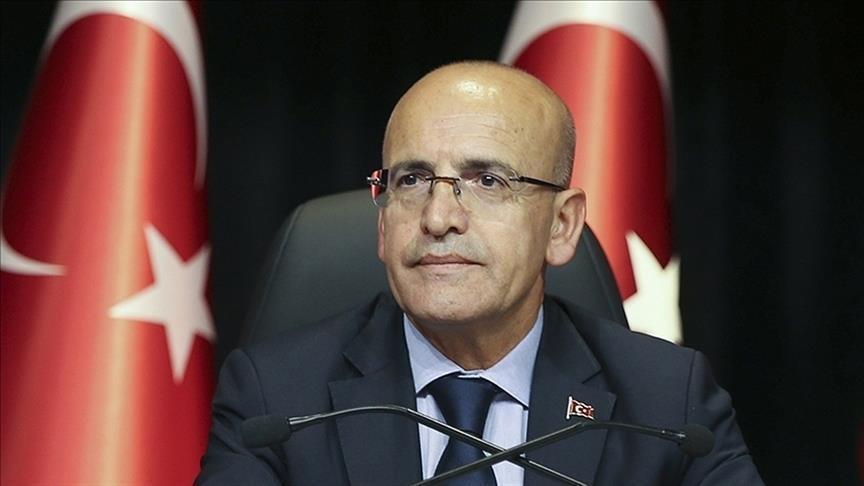The Islamic Wars of Religion
Saudi Arabia’s Sunni Muslim rulers beheaded their country’s leading Shia Muslim cleric, Sheikh Nimr Baqr al-Nimr, on charges of seeking “foreign meddling” in the kingdom.
Angry crowd of Iranians – all Shia Muslims, of course – attacked the Saudi Arabian embassy in Tehran. Saudi Arabia broke diplomatic relations with Iran – and all the pundits started talking about the Sunni-Shia “war of religion” that is about to engulf the Middle East.
This raises two questions. First, what would a Sunni-Shia war of religion actually look like? And second, has everybody in the Middle East taken leave of their senses?
The first question is best answered by looking at the history of the Christian wars of religion, ca. 1520-1660.
The Muslim world now, like “Christendom” in the 16th century, is made up of many independent countries. And the current phase of the Muslim wars of religion is being fought out between Shias and Sunnis in Iraq, Syria and Yemen, just as the first phase of the Christian wars of religion was fought out mainly between Catholics and Protestants in individual countries.
From the start of the conflict in Europe, however, each European state tried to help its co-believers in neighboring countries as well, and alliances were increasingly shaped by religious considerations. In the second phase, these alliances dragged most of Europe into the catastrophic Thirty Years’ War (1618-1648), fought mostly in the middle of Europe but involving armies from as far apart as Sweden and Spain.
The main battleground, Germany, lost between one-third and one-half of its population. Nobody won, of course, and in the very long run everybody just lost interest in the question. But it was a very great waste of lives, time and money.
The Muslim world is already caught up in the first phase of a comparable process, but it is not condemned to go the whole distance. One big difference is that the Sunni-Shia split is ancient – more than 1,350 years old – whereas the Catholic-Protestant split was new and still full of passion at the time of the Christian wars.
More than 99 percent of today’s Muslims were simply born Sunni or Shia, whereas many 16th century Christians had made a conscious choice about their religion. The current killings in the Muslim world are mostly driven by state policy, so maybe Muslims will not throw away a couple of generations following the same foolish, bloody road that the Christians took 500 years ago.
Those who live at the geographical extremes of the Muslim world – Indonesia, Malaysia, and Bangladesh in the East; Morocco, Algeria, Tunisia and even Egypt in the West – will certainly not suffer the same fate, for there are only tiny Shia minorities in these countries. But for those who live in the heart of the Muslim world, from Yemen to Turkey and from Lebanon to Iran, the future may be much darker.
And so to the second question: has everybody in the Middle East taken leave of their senses? Not exactly, but many players have lost sight of the bigger picture.
George W. Bush’s invasion of Iraq in 2003 unleashed the sectarian demon in the region. The “Arab Spring” of 2011 frightened the region’s dictatorships and absolute monarchies into increased repression and greater reliance on appeals to sectarian loyalty. Then King Abdullah of Saudi Arabia died a year ago, and the kingdom spun out completely.
Saudi Arabia under its previous monarchs was very cautious and conservative in its foreign policy. It subsidized various extreme Sunni groups in other countries, but it clung tightly to its American alliance and never engaged directly in adventures abroad.
The new Saudi king, Salman, is 80 years old and infirm, so in practice most decisions are made by his nephew, Crown Prince Muhammad bin Nayef (aged 56), or his son, Deputy Crown Prince Muhammad bin Salman (aged only 30). There is intense competition between the two men for the succession to the throne, and the decisions coming out of Riyadh have been much bolder than ever before.
The past nine months have seen a major Saudi Arabian military intervention against the Shia side in the Yemeni civil war, the creation of a Saudi-led alliance of almost all the Sunni-majority Arab states, and now the execution of a Shia leader in Saudi Arabia that was clearly calculated to cause a diplomatic breach with Iran.
It’s just dynastic politics, in other words, not some inevitable geopolitical juggernaut. But it was similar dynastic politics half a millennium ago that triggered the worst phase of the Christian wars of religion.











